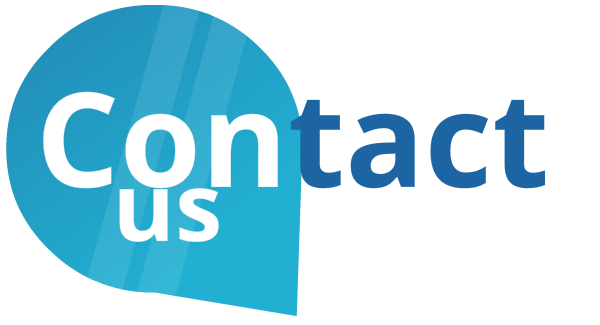Rasa is a chatbot platform to consider for more ambitious projects, with a strong NLU engine that can power contextual AI assistants over text or voice. Rasa is also free to source, unlike many bot frameworks. NLU training models, bot prototypes, and instruction are available from a development community.
The platform enables the creation of contextual chatbots, true AI assistants who do more than repeat responses to FAQs, according to Rasa Technologies, the product’s creator. It helps to connect with Messaging channels and API’s
“Rasa wants to make your bots smarter and less bot-like.”
Pip can be used to install Rasa Open Source (requires Python 3.6, 3.7, or 3.8).
pip3 install -U pip
pip3 install rasa
Real-life implementations of the RASA framework
RASA can be used to build highly sophisticated text and voice-based conversational chatbots below are a few examples:
- SHIBA is an artificial intelligence (AI) chatbot that works as a data analyst. SHIBA, which stands for Slack-Hosted Interface for Business Analytics, locates, gathers, and visualizes data from Slack discussions.
- Adobe is one well-known company that employs Rasa for its NLU engine. Adobe helps consumers locate the perfect stock pictures based on highly specific characteristics with its AI assistant for Adobe Stock (powered by Adobe Sensei).
- Tia is a HIPAA-compliant chatbot that allows women to ask personal questions about their health. The bot’s purpose, which was developed with the support of a team of women’s health experts, is to give women a reliable health advisor who can assist them in making informed decisions.
Reasons for Switching from other tools to RASA
- Customizable: Fine-tune models to improve accuracy with your data.
- Open Source: There’s no chance of vendor lock-in with open-source software. The Apache 2.0 license governs open source, and it is permissible to utilize it in commercial applications.
Features of RASA
- Rasa NLU is probably the most well-known component of the framework.
- It goes beyond rule-based training to provide actual machine learning, which can help your bot improve its performance over time.
- Rasa’s ability to be deployed almost anywhere (locally or in the cloud) provides additional flexibility that many businesses values.
- You can also use existing lanes because the product is open source.
-
Soumen Dashttps://intelgic.com/insights/author/admin/
-
Soumen Dashttps://intelgic.com/insights/author/admin/
-
Soumen Dashttps://intelgic.com/insights/author/admin/
-
Soumen Dashttps://intelgic.com/insights/author/admin/


